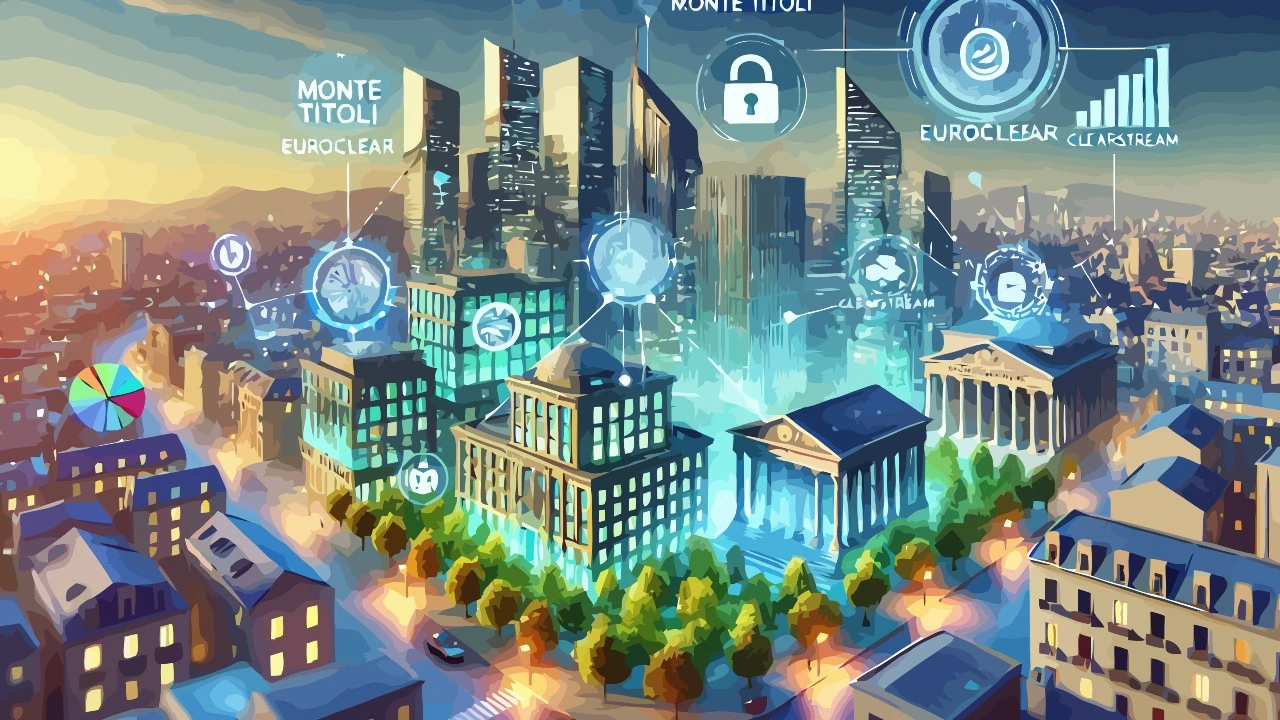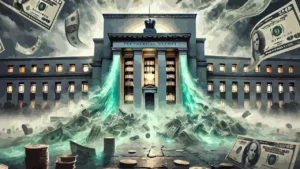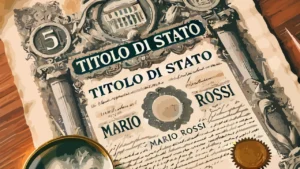When we look with satisfaction at the balance of our securities deposit, we tend to think that those shares or bonds are physically ours. Yet, behind those apparently simple numbers, there is a complex system that regulates the ownership , custody and safety of our investments. So let’s find out who really owns our securities.
#1. Real ownership of securities
When we buy a financial security, we become the actual and legal owner of that investment, but we do not physically own it. In fact, today securities are almost always dematerialized: we do not receive paper certificates, but only a digital balance in our securities deposit. This implies that the ownership is “real” but mediated by financial intermediaries who register and keep these rights on our behalf.
Until a few decades ago, securities were physically issued in the form of paper certificates. Each investor personally kept these documents, which were essential to collect dividends or sell the investment. However, as financial markets grew and the number of transactions increased, paper management quickly became unsustainable and too risky.
The introduction of dematerialization has allowed us to reduce errors, losses and thefts, ensuring a more efficient and safe management of investments. But this transition has also made the perception of ownership more abstract: often, in fact, we limit ourselves to consulting balances and movements on a screen, without ever actually seeing what we own.
It is important to clarify that, although we do not physically hold the securities, we are nevertheless the legal owners and can exercise all the economic and administrative rights associated with them. For example, we are entitled to receive dividends, bond coupons, participate in shareholder meetings and vote on matters crucial to the management of the companies in which we invest.
However, the mediation of intermediaries requires us to choose very carefully the broker (intermediary) or the bank where we deposit the securities. In fact, our property also depends on the accuracy and security of the computer and accounting systems of the intermediaries that guarantee the certification and protection of our property.
#2. Who really holds them
The actual custody of securities is entrusted to specialized institutions called “custodians” or central securities depositories (CSD). Here are some:
- Depository Trust Company in the United States,
- Euronext for some European countries,
- Clearstream in Luxembourg,
- Euroclear in Belgium.
And they perform the essential task of keeping and updating the official records of owners. We see an online balance, but behind it there is an entire computer system that certifies our ownership and guarantees our rights.
These central depositories operate through highly protected networks and extremely sophisticated IT systems, designed to ensure transparency, precision and security. In fact, each transaction is recorded and stored permanently, ensuring the traceability and certainty of ownership of each security. Furthermore, these bodies are regulated by specific supervisory authorities that guarantee their correct functioning.
Intermediaries rely directly on these central custodians to execute transactions, manage investor records and ensure the regular payment of dividends or coupons. This means that, in reality, our intermediary acts only as an intermediary between us and these central institutions that actually have custody of the securities.
It is important to note that central custodians are often highly reliable and financially solid entities, as they manage huge volumes of investments and are subject to strict rules in terms of security and compliance. However, despite this solidity, operational risks, technical errors or delays in operations can still occur, although very rarely.
Therefore, the actual custody of our securities is a highly specialized and regulated service, which guarantees the ownership of our investments, but makes it essential to choose a reliable intermediary to interact correctly with these complex systems.
#3. How to best protect yourself
The biggest concern for investors is the bankruptcy of the bank or broker where they hold their securities. Fortunately, the securities we own must be “segregated” from the assets of the intermediary by law. This means that, even if the bank goes bankrupt, our investments cannot be used to pay the debts of the intermediary. However, there may be delays or operational problems in quickly transferring the securities to another intermediary, causing temporary inconvenience.
To minimize any risks, it is essential to choose reliable and solid intermediaries, perhaps even diversifying across multiple institutions. Always verifying the reputation, history and guarantees offered by your intermediary is essential. Furthermore, it is advisable to keep track of all periodic account statements and ensure that asset segregation is clearly guaranteed by the securities deposit agreement.
An additional precaution is to maintain diversification not only of the securities purchased, but also of the intermediaries used. In fact, having multiple deposit accounts with different intermediaries can further protect against any problems specific to a single institution. In addition, it is important to stay updated on regulatory changes and any communications from supervisory authorities, to be ready to react promptly in the event of negative signals regarding the solidity of the intermediary.











Leave a Reply